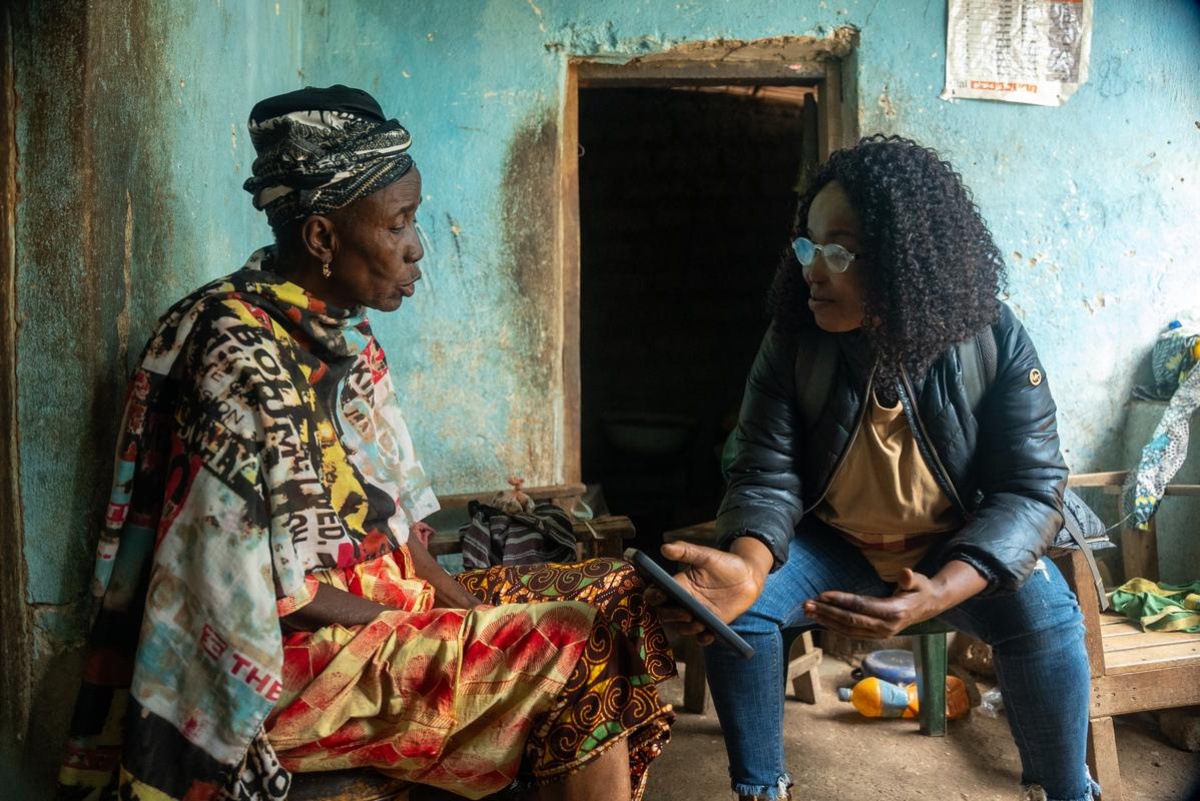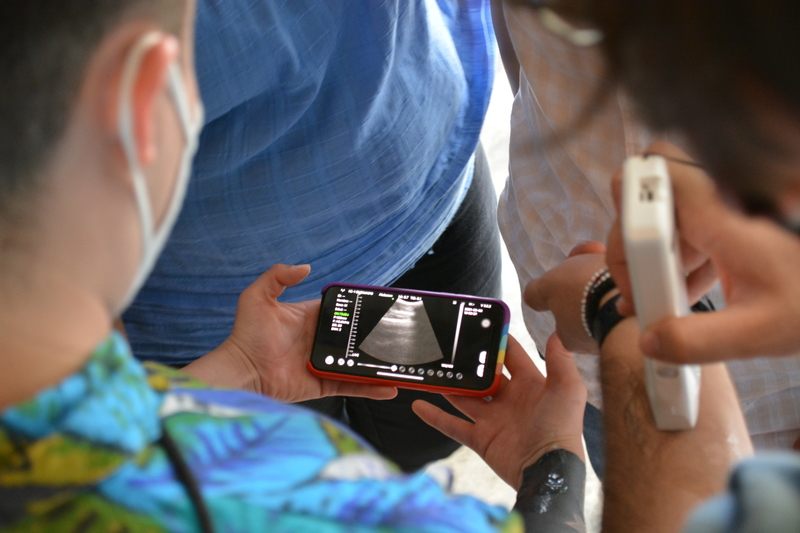5 Tech Innovations Powering Our Work
PIH turns to tech to expand access to care
Posted on Feb 2, 2024

Artificial intelligence, 3D bioprinting, and wearables are just a few of the tech innovations that have disrupted health care in recent years.
But, despite these strides, many of these technologies have yet to become widely available in low- and middle-income countries, due to centuries of global injustice. As a result, technology’s potential to improve health outcomes worldwide remains largely untapped, according to the World Health Organization.
As part of its mission to make the highest standard of health care free and accessible to all patients, everywhere, Partners In Health is using advanced technology and innovations in the 11 countries where it works. From employing mobile applications to digitizing health records, PIH is modeling how affordable, scalable technology can aid global health, expanding access to care and paving the way for a healthier, more connected future.
Here are five ways technology has strengthened PIH’s work:
1. Using AI to screen for disease
In Lesotho and other countries, PIH is using artificial intelligence to accelerate tuberculosis screenings, quickening the path to early detection, treatment, and care. The AI-powered technology, which is used in 6 of 10 districts nationwide, scans chest x-rays and quickly detects the probability of TB, as well as conditions like heart failure and cancer. With the help of AI, PIH has completed more than 700 screenings each month, tripling the number of TB cases detected at our clinics.
2. An ultrasound, on a cellphone
Ultrasounds are crucial to care, helping clinicians monitor pregnancy, evaluate trauma, and quickly diagnose life-threatening conditions. But traditional ultrasound machines are large, costly, and confined to hospital units—often requiring patients in low-income countries to make long, expensive journeys to access care. Handheld ultrasounds were developed about a decade ago as an alternative; these portable devices connect to a phone and stream real-time sonographic images, allowing care to be delivered outside of the hospital. PIH uses handheld ultrasounds in several communities, including the Sierra Madre region of Chiapas, Mexico, enabling clinicians to make informed decisions quickly and expediting patients’ access to care.

3. Care via chatbot
As COVID-19 emerged in 2020, leading to millions of infections and deaths, routine care was disrupted worldwide, with staff and facilities diverted to pandemic response and communities urged to stay home. As a result, countless patients were forced to cancel or delay their scheduled appointments. To address this issue, PIH turned to telehealth. In Peru, PIH developed seven chatbots to connect patients with care across clinical areas, from mental health to chronic disease management. These chatbots enabled PIH to conduct screenings virtually and connect patients with care, such as virtual therapy sessions or medications delivered to their door.
4. Digitizing health records
In communities like Kono District, Sierra Leone, patient records were once handwritten in notebooks, prone to getting lost, damaged, or misinterpreted. Now, those records are entered into a system called OpenMRS, an open-source electronic medical records platform founded by PIH and the Regenstrief Institute in 2004. PIH now uses the system in 10 countries where we work. OpenMRS tracks everything that happens when a patient is in the hospital, from appointments to prescriptions, saving clinicians time and freeing up valuable storage space. OpenMRS has been so effective that it has since been implemented in over 40 countries and, in some cases, scaled to support all health facilities in their national health systems.
5. There’s an app for that
Medical records, whether paper or digital, are typically stored in health facilities. But community health workers and other staff outside the hospital have to manage patient data, too. To streamline data collection and management at the community level, PIH has turned to mobile apps. In Rwanda, health center nurses use the mUzima app to conduct cancer screening for women and to securely track and store patient data. In several countries, including Malawi and Mexico, community health workers use CommCare to log appointments, referrals, and other key information. Both apps work offline, making them usable in areas with spotty or nonexistent internet, and sync to OpenMRS, centralizing patient data and optimizing care.

